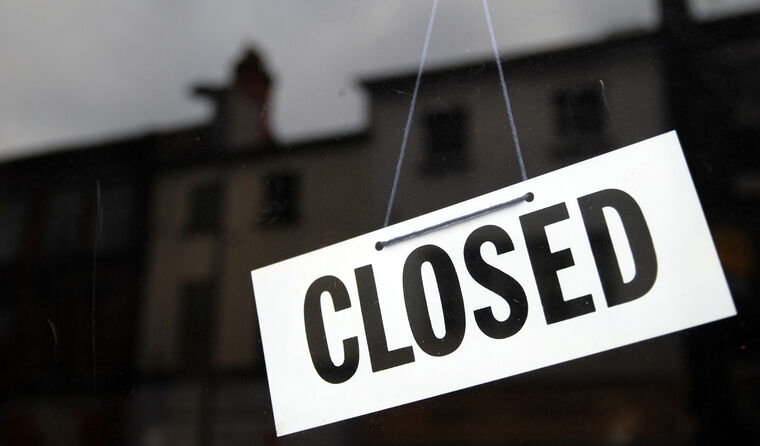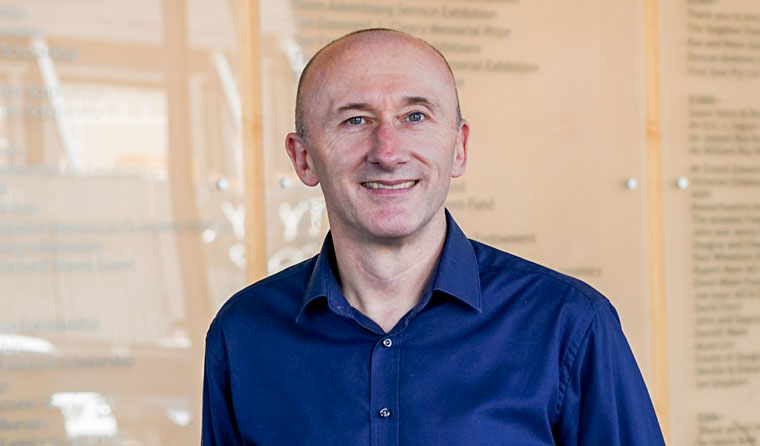News
‘Deeply troubling’: At least 184 general practices lost in a year
New clinics have offset the closures to a degree, but the figures represent a net loss of at least 55 practices – and incomplete data means the number could be much higher.
 At least 184 general practices have closed around Australia in the space of a year.
At least 184 general practices have closed around Australia in the space of a year.
At least 184 general practices have closed around Australia in the space of a year, with the rate of new openings falling significantly short of making up the difference.
That is according to information supplied to newsGP by 17 Primary Health Network (PHNs), slightly more than half of the 31 organisations tasked with improving patient care across the country’s different regions.
While the picture is partial and in many cases lacking detail, the finding suggests the impact of the economic and workforce pressures faced by general practices could be even more acute than previously understood.
The incomplete figure is already significantly more than the 60 closures in four years identified by in-house RACGP research earlier this year.
PHNs that responded to newsGP on this occasion reported a total of 110 new general practices opening in the past financial year, or the most recent 12-month period. With one PHN confirming the number of closures but unable to provide a figure for new practices, the net loss of 55 is calculated from the 16 PHNs that supplied details of both.
The remaining PHNs were either unwilling or unable to supply statistics for their own area, making a detailed picture across the country difficult to assess.
‘This may not be the full picture, but these figures are still deeply troubling,’ RACGP President Dr Nicole Higgins told newsGP.
‘It’s a reminder of how urgent it is to get funding and supports for general practices right, and to allow us to get on with our job and keep our patients safe and out of hospital.
‘What is also concerning is that almost half of the PHNs were unable to give a clear idea of what is happening in their area.
‘It is essential that we get an accurate and reliable picture of how general practices have been affected, and continue to be impacted, by previous years of neglect, COVID-19, the burden of chronic disease, and other challenges they have faced.
‘It also makes it crystal clear how the threat of payroll tax on independent practitioners, which places even greater pressure on general practices and the communities they serve, is so counterproductive and short-sighted.
‘It can’t stop soon enough.’
In response to a newsGP inquiry, a Department of Health and Aged Care (DoH) spokesperson said it could not supply more detail to fill the gaps.
‘The DoH does not have a longitudinal dataset on openings and closings of general practices and does not consider the “net loss” analysis, based on partial data provided without a consistent methodology, to be sound,’ they stated.
‘General practices are private businesses that make their own decisions about whether and how to operate in local markets, based on a whole range of factors and circumstances.’
They also said general practices vary significantly and that the opening or closure of an individual practice ‘may have no net impact on access to care for patients’.
The spokesperson said the DoH has offered to work with the RACGP on a sound methodology for data collection and analysis on general practice business health and sustainability.
 Health economist Professor Anthony Scott says tracking the number and location of general practices is an essential part of ensuring they are located in the areas of highest population need.
Health economist Professor Anthony Scott says tracking the number and location of general practices is an essential part of ensuring they are located in the areas of highest population need.
One PHN communications advisor, speaking on background, told newsGP that their PHN had historically only kept ‘real time’ data and had not attempted to track ‘legacy’ openings and closures until recently.
Another acknowledged that the information requested was too difficult to supply.
In many cases, the type of practices that opened or closed was unclear, so it is uncertain to what extent the closures are affecting solo private GPs, small-to-medium sized practices or larger-scale corporates.
The trends behind the closures are also hard to define, with some PHNs unable to give precise reasons. Broad factors including financial pressures, retirement and mergers were cited.
Workforce concerns
One PHN drew attention to workforce supply issues, noting that practices could remain open but with fewer GPs.
A spokesperson for the Nepean Blue Mountains PHN in NSW said the decreasing number of GPs is ‘a real concern’.
‘Practices are not so much closing, as operating with fewer GPs, making appointment availability difficult for patients and putting pressure on the remaining GPs,’ they told newsGP.
Lizz Reay, CEO of Wentworth Healthcare – the PHN for the Nepean Blue Mountains region – said she has seen a steady decline in GPs in recent years, with varied, complex factors at play.
‘There are many reasons why we are experiencing a GP workforce shortage, not just in our region but nationally,’ she told newsGP.
‘Previous under investment in primary care, fewer medical students choosing to go into general practice, complexity of recruiting overseas doctors, changes to Distribution Priority Areas, and the impacts of COVID-19 have all contributed.’
According to their figures, there were 429 GPs working across the PHN in June 2023 compared to 502 in June 2019, a drop of 73 GPs (15%). In the meantime, their figures show the estimated population of the area has increased by almost 7000 residents from 2019 up to 2022.
Other responses highlighted particular pressure on rural areas.
Murray PHN in Victoria said that around half of the state’s 153 GP catchments are experiencing ‘moderate-to-high’ GP workforce need, with the greatest issues ‘all located in rural Victoria’.
Matt Jones, Murray PHN CEO, said any solution will need collaboration between all levels of government and health services.
‘For those of us working in rural and regional areas, it is clear that we need more tailored and nuanced models of general practice funding,’ Mr Jones told newsGP.
‘Instead of simple fee-for-service funding models, we need long-term planning and support for communities to grow their own workforce and build systems and structures that provide high-quality healthcare as close to home as possible.
‘We also need to support our medical professionals so they can work in satisfying and sustainable jobs.’
Professor Anthony Scott, the Director of Monash University’s Centre for Health Economics, told newsGP he finds the data researched, and the omissions, ‘very concerning’.
‘Being able to track the number and location of GP practices is essential to ensure that general practices are located in the areas of highest population need,’ he said.
‘Entry and exit of practices is important to help ensure local community access to healthcare.
‘Practice closures are especially important in rural areas where there are few alternatives.’
Professor Scott has previously looked into the business of general practice, having compiled a report for ANZ Bank and the Melbourne Institute, Trends in the structure and financial health of private medical practices in Australia.
In that report, which was published last year, he also highlighted the absence of longitudinal data on the total number of general practices in Australia – and believes the net difference in openings and closures should be publicly accessible.
‘PHNs need to be on top of this and these data should be part of their reporting to their communities,’ Professor Scott said.
Log in below to join the conversation.
business sustainability Department of Health and Aged Care general practices health workforce
newsGP weekly poll
Health practitioners found guilty of sexual misconduct will soon have the finding permanently recorded on their public register record. Do you support this change?